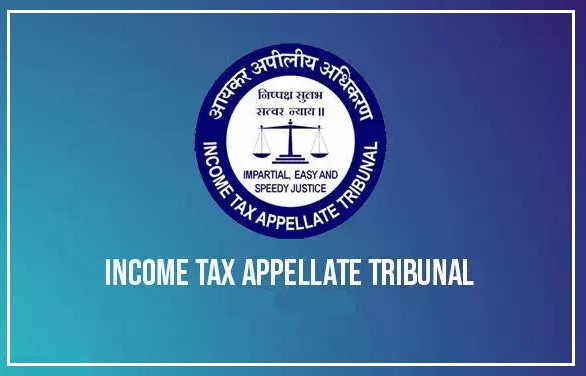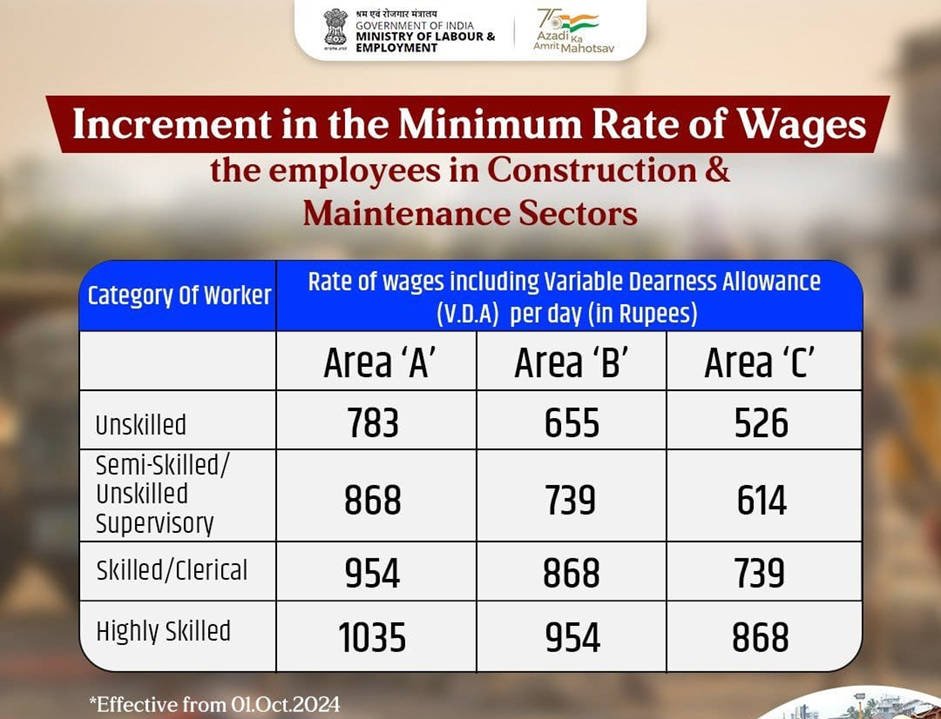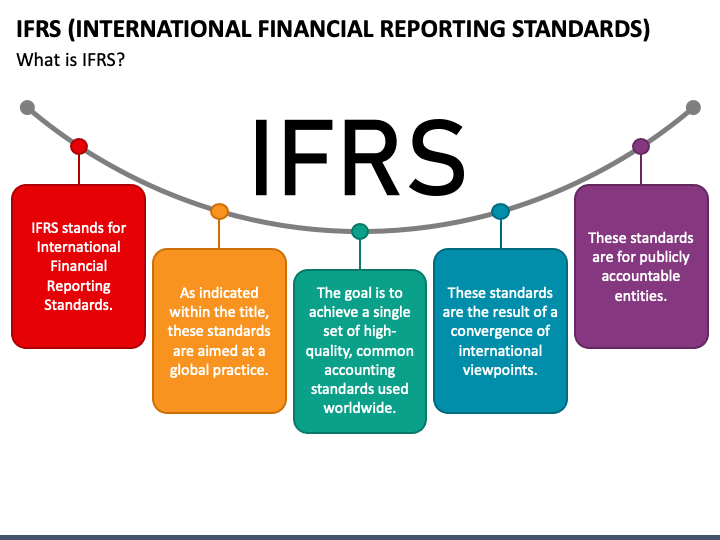Where to Show Sale of Rural Agricultural Land In Income Tax Return | How to Report 2024

Rural agricultural land in India holds a unique status when it comes to income tax. Understanding where and how to report the sale of such land in your income tax return is crucial to ensure compliance with tax laws and to avoid unnecessary complications. This article will guide you through the process of reporting the sale of rural agricultural land in your income tax return, explaining the relevant provisions and steps in a clear and easy-to-understand manner.
What Qualifies as Rural Agricultural Land?
Contents
Before diving into the reporting process, it’s important to understand what qualifies as rural agricultural land under Indian tax laws. According to the Income Tax Act, rural agricultural land is defined based on its location relative to the municipality’s population.
- Location Criteria:
- The land should be situated outside the limits of any municipality or cantonment board with a population of 10,000 or more.
- Additionally, the land must be situated beyond certain specified distances from the municipality’s limits based on the population size. These distances are:
- More than 2 kilometers if the population of the municipality is between 10,000 and 1 lakh.
- More than 6 kilometers if the population is between 1 lakh and 10 lakh.
- More than 8 kilometers if the population exceeds 10 lakh.
Tax Treatment of Rural Agricultural Land
The sale of rural agricultural land is not considered a capital asset under Section 2(14) of the Income Tax Act, 1961. Consequently, any gain arising from the sale of such land is not subject to capital gains tax. This means that the income from the sale of rural agricultural land is exempt from tax.
Reporting the Sale of Rural Agricultural Land
Even though the sale of rural agricultural land is exempt from tax, it is important to report it in your income tax return for proper disclosure and to avoid any future scrutiny. Here’s how to do it:
Step-by-Step Guide to Reporting the Sale
Step 1: Identify the Relevant Income Tax Return (ITR) Form
For most individual taxpayers, the relevant forms for reporting agricultural income or exempt income are:
- ITR-1 (Sahaj): This form is used by individuals having income from salary, one house property, other sources (interest, etc.), and total income up to INR 50 lakhs. However, this form does not have a specific field for reporting the sale of rural agricultural land.
- ITR-2: This form is for individuals and HUFs not having income from business or profession. It includes fields for reporting exempt income and can be used to disclose the sale of rural agricultural land.
Step 2: Fill in the Basic Information
Log in to the e-filing portal of the Income Tax Department (https://www.incometax.gov.in/iec/foportal/) and select the appropriate ITR form based on your income sources. Enter the basic information, including personal details and income details from various sources.
In the ITR form, locate the section for reporting exempt income. In ITR-2, this section is under ‘Part B – TI – Computation of Total Income’ and ‘Schedule EI – Details of Exempt Income (Income not to be included in total income)’.
Step 4: Enter Details of the Sale
In the ‘Schedule EI’ section, enter the details of the sale of rural agricultural land. You should provide:
- Nature of Income: Mention the type of exempt income. For the sale of rural agricultural land, you can specify it as “Exempt Income from Sale of Rural Agricultural Land.”
- Amount: Enter the sale proceeds or the amount received from the sale of the land.
Step 5: Verify and Submit
After entering the necessary details, review the entire form to ensure all information is accurate. Verify the form using the available options (Aadhaar OTP, EVC, or Digital Signature Certificate) and submit the return.
Additional Tips for Reporting
- Documentation: Keep all relevant documents such as sale deed, purchase agreement, and proof of rural status of the land for your records. These documents may be required in case of scrutiny by the tax authorities.
- Consult a Tax Professional: If you are unsure about the process or have a complex case, consider consulting a tax professional to ensure accurate reporting and compliance.
Conclusion
Reporting the sale of rural agricultural land in your income tax return is a straightforward process once you understand the relevant sections and provisions. Although the income from such a sale is exempt from tax, disclosing it correctly in your ITR is essential for compliance and to avoid any future issues. By following the steps outlined in this article, you can ensure that the sale of rural agricultural land is reported accurately, maintaining transparency and adhering to tax laws.






